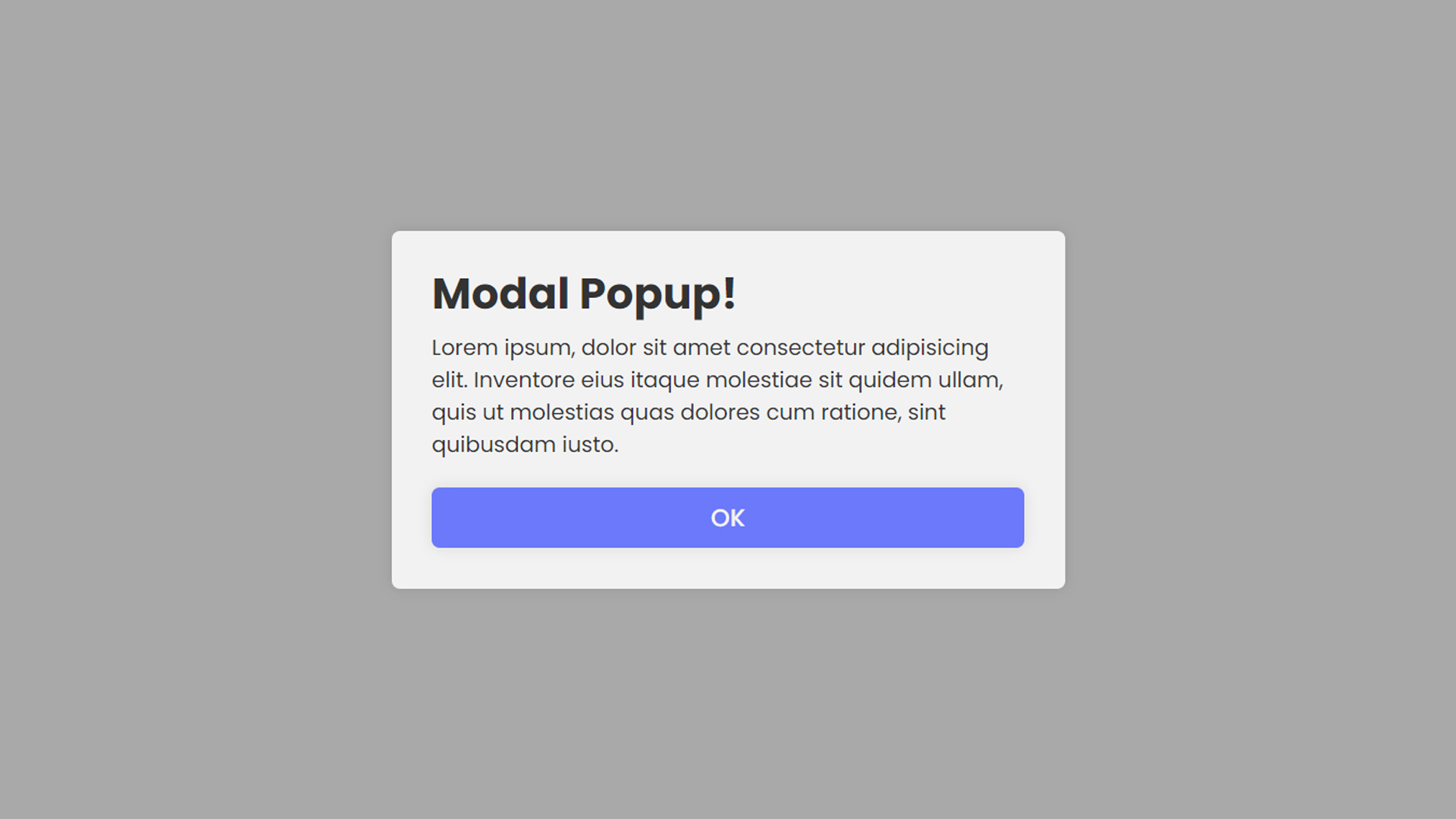In today’s rapidly evolving digital landscape, a website is often the first point of contact between a business and its audience. To leave a lasting impression and keep visitors engaged, modern website design is key. In this article, we’ll delve into the concept of modern website design, its importance, key elements, and best practices for creating websites that stand out in the digital realm.
The Significance of Modern Website Design
Modern website design is not merely about aesthetics; it’s about creating a digital experience that is user-friendly, visually appealing, and functionally effective. Here’s why it’s crucial:
- First Impressions: In the digital age, your website is often the first interaction people have with your brand. A well-designed site can leave a positive impression and build trust.
- User Experience: Modern design prioritizes the user experience. A site that is easy to navigate, loads quickly, and adapts to various devices can retain visitors and boost engagement.
- Brand Identity: Design elements, such as logos, colors, and fonts, should reflect your brand identity, reinforcing recognition and recall.
- Conversion Rates: A well-optimized design can lead to higher conversion rates, turning visitors into customers or subscribers.
- SEO and Visibility: Modern design incorporates best practices for SEO, which can improve search engine rankings and online visibility.
Key Elements of Modern Website Design
When creating a modern website, consider these critical design elements:
1. User-Centered Design
Put the user at the center of your design. Prioritize user-friendly navigation, clear calls to action, and engaging content.
2. Mobile Responsiveness
With the increasing use of mobile devices, ensure your website is responsive on various screen sizes for a consistent user experience.
3. Visual Appeal
Modern design incorporates visually appealing graphics, typography, and multimedia elements to capture and maintain visitor attention.
4. Content Strategy
High-quality, engaging content is essential for keeping visitors on your site and conveying your message effectively.
5. Loading Speed
Optimize loading times to prevent visitors from getting frustrated and leaving your site.
6. Security Measures
Incorporate SSL certificates, secure payment gateways, and privacy policies to protect user data and build trust.
7. Call to Action (CTA) Buttons
Use clear and compelling CTA buttons to guide users toward actions, such as making a purchase or subscribing to a newsletter.
Best Practices for Modern Website Design
- Simplicity: Keep the design clean and clutter-free. Avoid overwhelming visitors with excessive information and options.
- High-Quality Images: Use professional graphics and images to create visual appeal. Implement image optimization for faster loading.
- Informative Content: Provide detailed, informative content that addresses visitor needs and interests.
- User Feedback: Encourage user feedback and reviews to enhance trust and credibility.
- Testing and Optimization: Continuously test and optimize your site for better performance and user experience.
- Mobile-First Approach: Design with mobile users in mind, as a significant portion of traffic may come from smartphones.
Conclusion
Modern website design is the cornerstone of a successful online presence. It’s not just about visual appeal; it’s about creating an experience that engages visitors, builds trust, and encourages actions. By focusing on user-centered design, mobile responsiveness, visual appeal, content strategy, loading speed, security, and compelling calls to action, you can craft websites that are both visually captivating and functionally effective.
In a fast-paced digital world, modern website design is the key to standing out, capturing attention, and achieving your online goals. With the right design and ongoing optimization, you can create digital experiences that resonate with your audience and keep them coming back for more.













